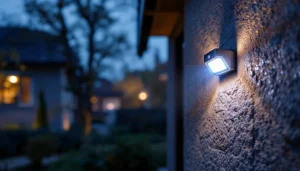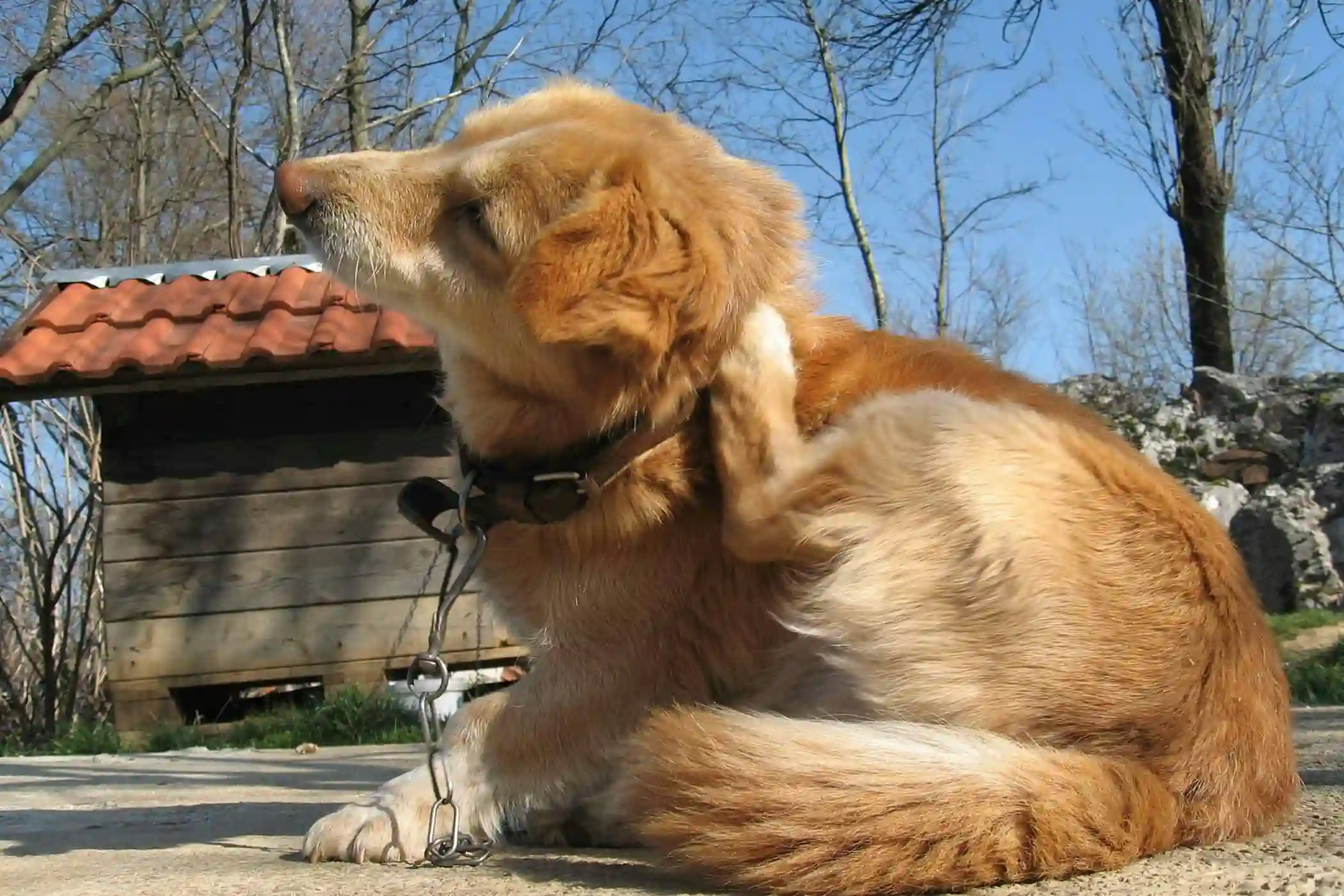Motion-sensor lighting presents a practical solution for reducing energy waste in outdoor settings. By activating only when motion is detected, these systems prevent unnecessary illumination during idle times. Strategic placement in high-traffic areas maximizes their effectiveness while minimizing false triggers. However, understanding the nuances of installation and technology is essential for peak performance. Learning how to use motion-sensor lighting outdoors effectively can unlock powerful benefits, from boosting energy efficiency to enhancing safety in residential and commercial spaces.
Key Takeaways
- Install motion-sensor lights in high-traffic areas to ensure they only activate when needed, minimizing unnecessary energy usage.
- Use LED bulbs for motion-sensor lights, as they consume less energy and have a longer lifespan compared to traditional bulbs.
- Adjust the sensitivity settings of your motion sensors to prevent false activations from pets or passing vehicles, reducing energy waste.
- Incorporate timers to limit the operational hours of your motion-sensor lights, ensuring they only function during peak usage times.
- Position lights strategically near entryways and pathways to enhance safety while optimizing energy efficiency through effective coverage.
Understanding the Benefits of Motion-Sensor Lighting
Motion-sensor lighting offers numerous advantages that contribute to both energy efficiency and enhanced security. By activating only when movement is detected, these systems considerably reduce energy consumption compared to traditional lighting, which often remains on unnecessarily. This capability not only lowers electricity bills but also aligns with environmentally conscious values, fostering a sense of belonging among community members who prioritize sustainability. Additionally, the presence of motion-sensor lights can deter potential intruders, enhancing safety for families and neighborhoods. As homeowners invest in these technologies, they foster a collective commitment to smart living, creating a supportive environment where shared values of responsibility and security thrive. Ultimately, embracing motion-sensor lighting supports a lifestyle that values both efficiency and community well-being.

How to Use Motion-Sensor Lighting Outdoors Effectively
When considering outdoor lighting solutions, utilizing motion-sensor technology can greatly enhance both functionality and efficiency. By strategically placing motion-sensor lights, homeowners can guarantee safety while minimizing energy waste. To use motion-sensor lighting outdoors effectively, one should consider the following:
- Placement: Install lights near entryways, driveways, and pathways to illuminate high-traffic areas.
- Sensitivity Settings: Adjust the sensitivity to reduce false triggers from pets or passing cars.
- Timer Functions: Use timers to control how long lights remain on after detecting motion, further saving energy.
- Weather Resistance: Choose fixtures designed to withstand outdoor elements, guaranteeing durability and reliability.
Choosing the Right Motion-Sensor Lighting for Your Space
Selecting the appropriate motion-sensor lighting can greatly impact both safety and energy efficiency in outdoor spaces. When choosing these fixtures, it is essential to evaluate the specific needs of the area. Factors such as brightness, detection range, and weather resistance can influence effectiveness. For instance, a well-lit pathway enhances safety while deterring unwanted visitors. Additionally, selecting models with adjustable sensitivity settings allows customization to avoid unnecessary activations, conserving energy. It is also beneficial to opt for LED lights, which offer longevity and efficiency. By thoughtfully selecting the right motion-sensor lighting, homeowners can create a welcoming, secure, and environmentally friendly atmosphere, fostering a sense of belonging within their community while minimizing energy waste.
Installation Tips for Outdoor Motion-Sensor Lights
Proper installation of outdoor motion-sensor lights is essential for maximizing their functionality and efficiency. Incorrect placement can lead to performance issues and wasted energy, undermining their purpose. To guarantee peak operation, consider the following installation tips:
- Height: Install lights 6-10 feet above the ground for peak motion detection.
- Angle: Position lights at a downward angle to cover the intended area effectively.
- Pathways: Place sensors near pathways and entry points to enhance safety and visibility.
- Obstructions: Avoid placing lights near trees or structures that could block the sensor’s view.
Maximizing Energy Savings With Motion-Sensor Technology
Maximizing energy savings with motion-sensor technology requires a strategic approach to their use in outdoor settings. Homeowners should assess high-traffic areas, such as driveways and entryways, ensuring sensors are positioned for ideal detection. By calibrating sensitivity settings, unnecessary activations can be minimized, thereby reducing energy consumption further. Additionally, integrating motion sensors with LED lighting enhances efficiency, as LEDs consume considerably less power. Timers can be employed to limit operational hours, aligning lighting use with actual needs. This not only conserves energy but also extends the lifespan of the fixtures. By implementing these strategies, individuals can feel a sense of belonging to a community that prioritizes sustainability, contributing to a collective effort in reducing energy waste while enjoying enhanced outdoor safety.
Frequently Asked Questions
Can Motion-Sensor Lights Work in Extreme Weather Conditions?
Motion-sensor lights can function in extreme weather conditions, though performance may vary. Quality fixtures designed for harsh environments can withstand temperature fluctuations, moisture, and wind, ensuring reliable operation and energy efficiency in outdoor settings.
How Do Motion-Sensor Lights Detect Movement?
Motion-sensor lights detect movement through passive infrared sensors, which identify heat emitted by objects. When a person or animal enters the detection zone, the sensor triggers the light, enhancing security and convenience for users.
Are Motion-Sensor Lights Compatible With Smart Home Systems?
Motion-sensor lights often integrate seamlessly with smart home systems, enhancing convenience and energy efficiency. This compatibility allows users to control their lighting remotely, fostering a sense of modern living and belonging within a connected community.
Do Motion-Sensor Lights Require a Lot of Maintenance?
Motion-sensor lights generally require minimal maintenance, primarily needing occasional cleaning and battery replacements. This low upkeep supports a sustainable lifestyle, allowing individuals to enjoy the benefits of enhanced security and convenience without significant effort or disruption.
What Is the Average Lifespan of Motion-Sensor Light Bulbs?
The average lifespan of motion-sensor light bulbs typically ranges from 15,000 to 25,000 hours, depending on the bulb type. Understanding this longevity aids consumers in making informed choices for sustainable outdoor lighting solutions.
Conclusion
Incorporating motion-sensor lighting into outdoor spaces presents a strategic opportunity to greatly reduce energy waste while enhancing safety. By understanding the benefits, selecting the appropriate fixtures, and implementing thoughtful installation practices, homeowners can optimize their energy usage effectively. The integration of LED technology and the use of timers further amplifies these savings, fostering an environmentally friendly approach to outdoor illumination. Ultimately, motion-sensor lighting not only conserves energy but also contributes to a more secure and sustainable living environment.
You May Also Love to Read:



